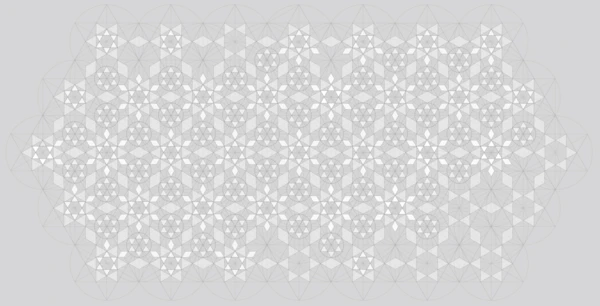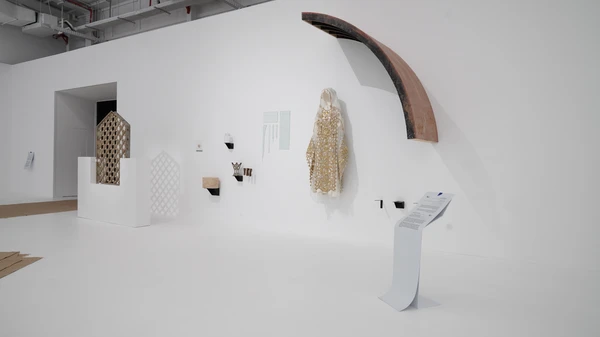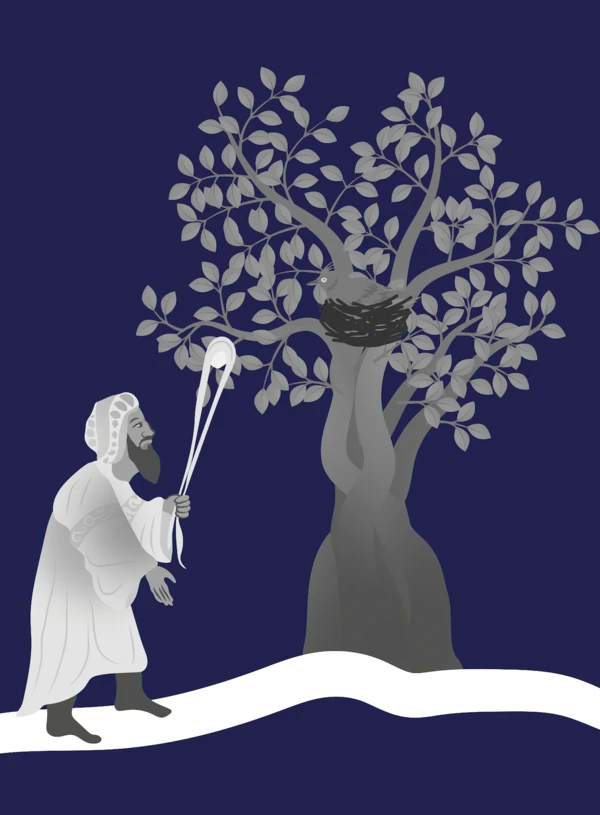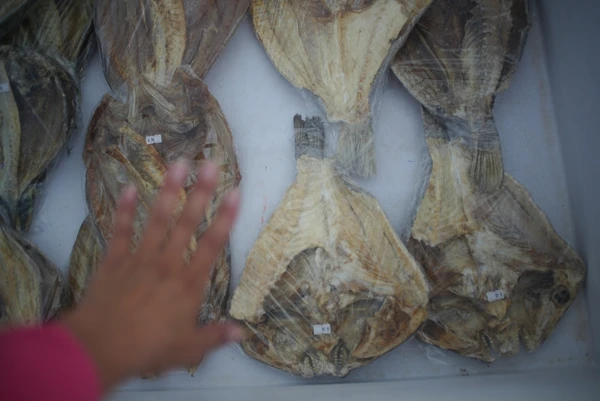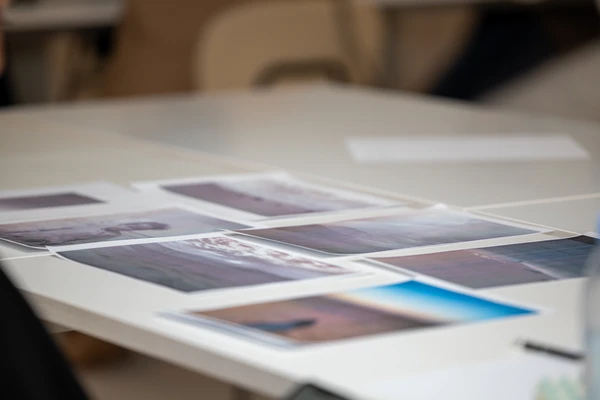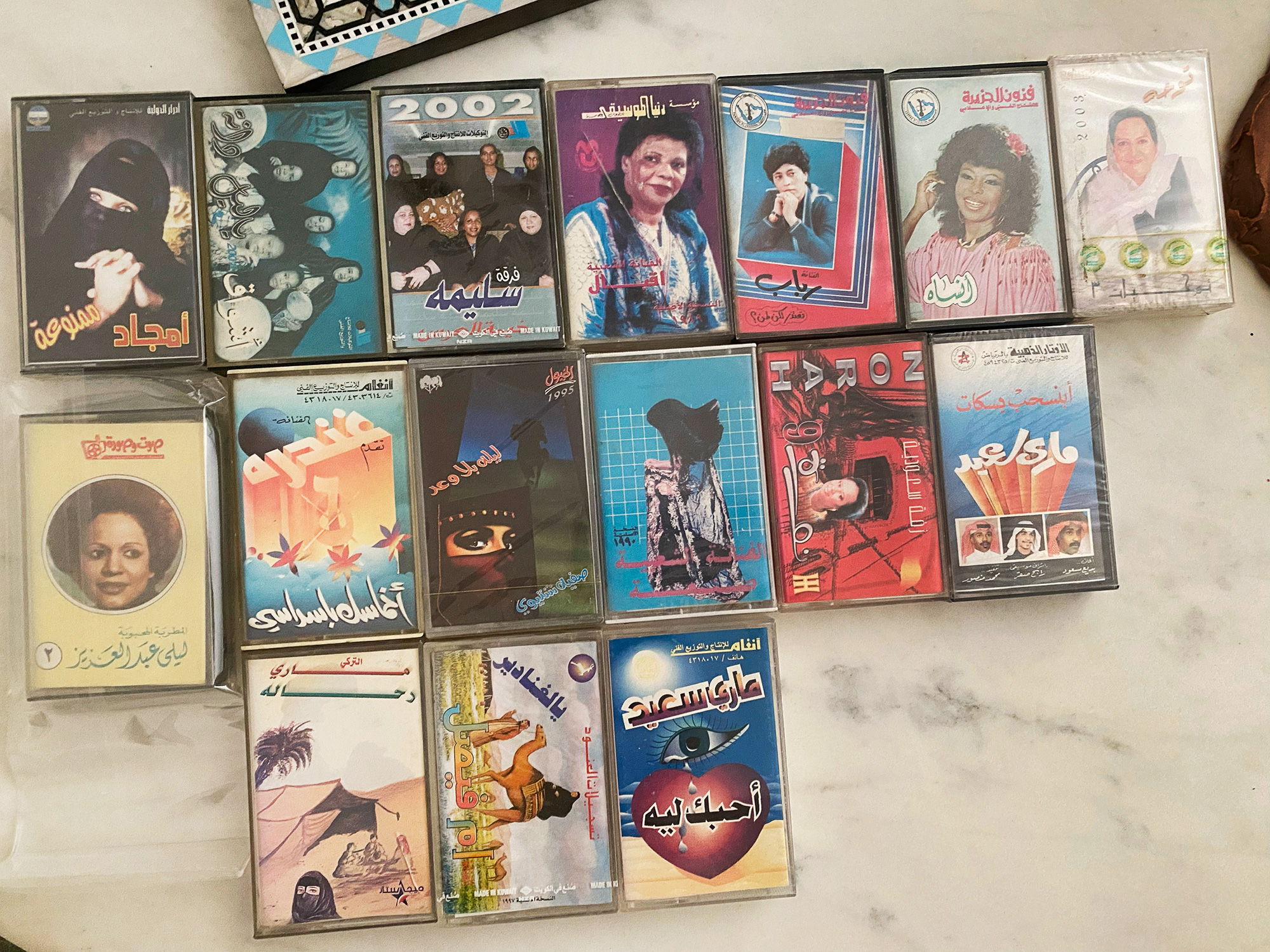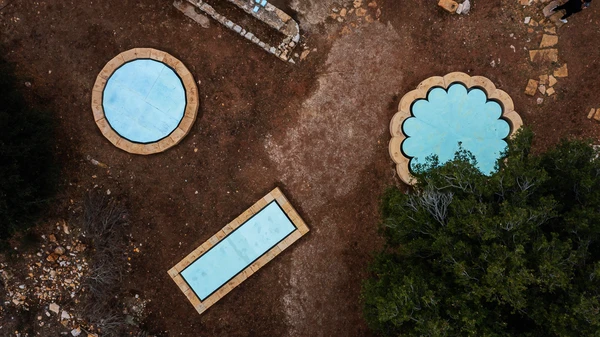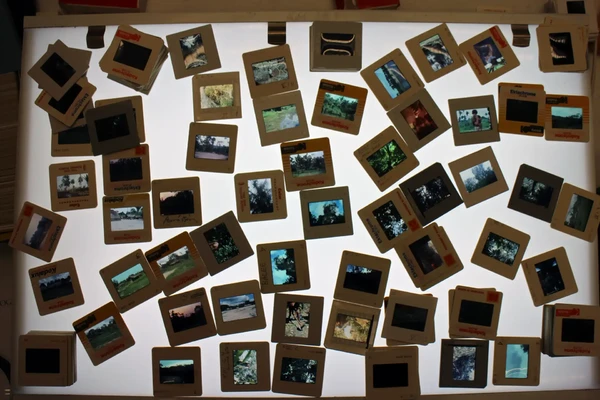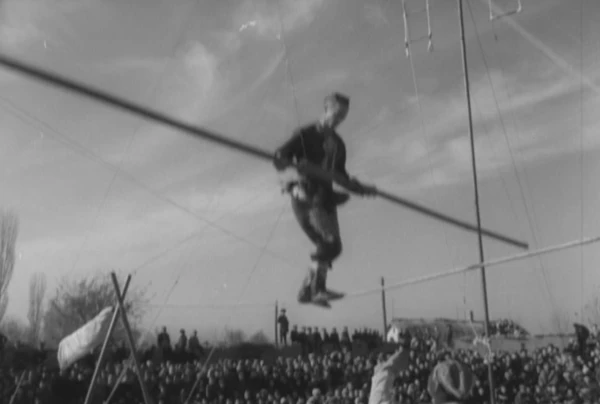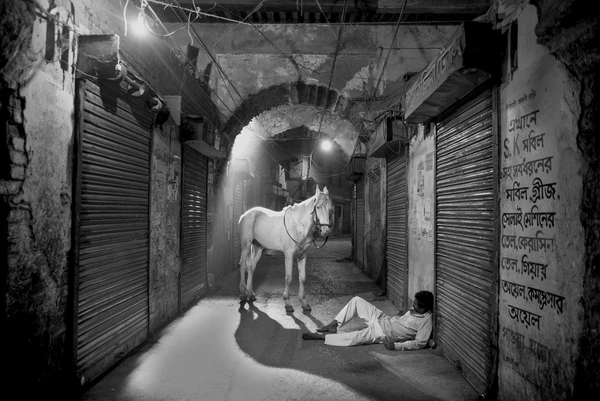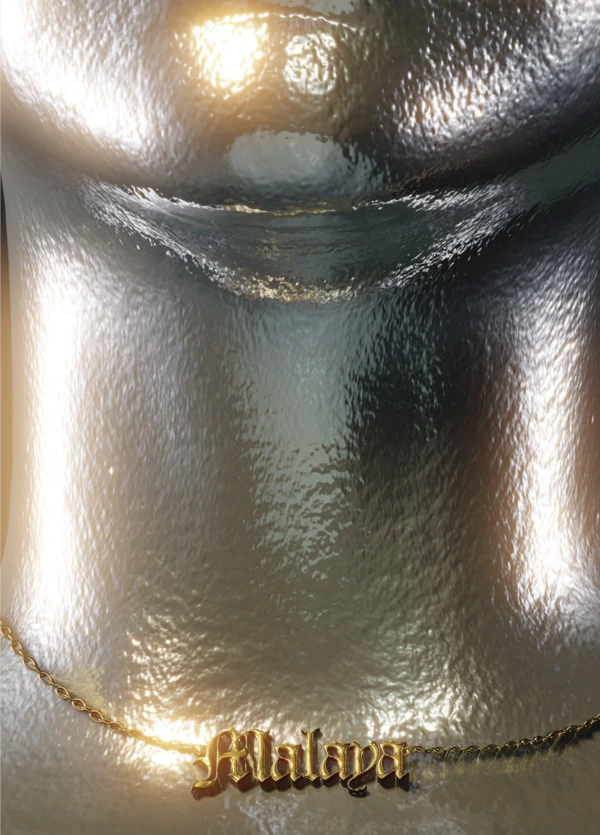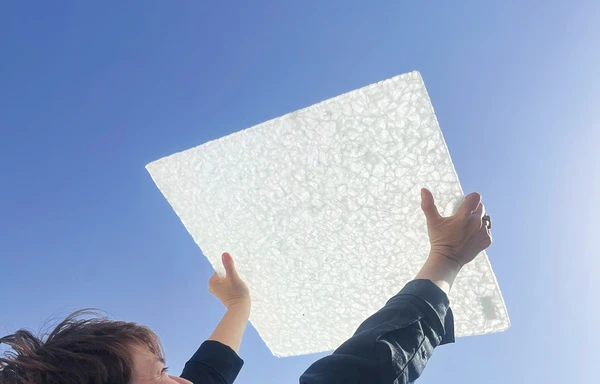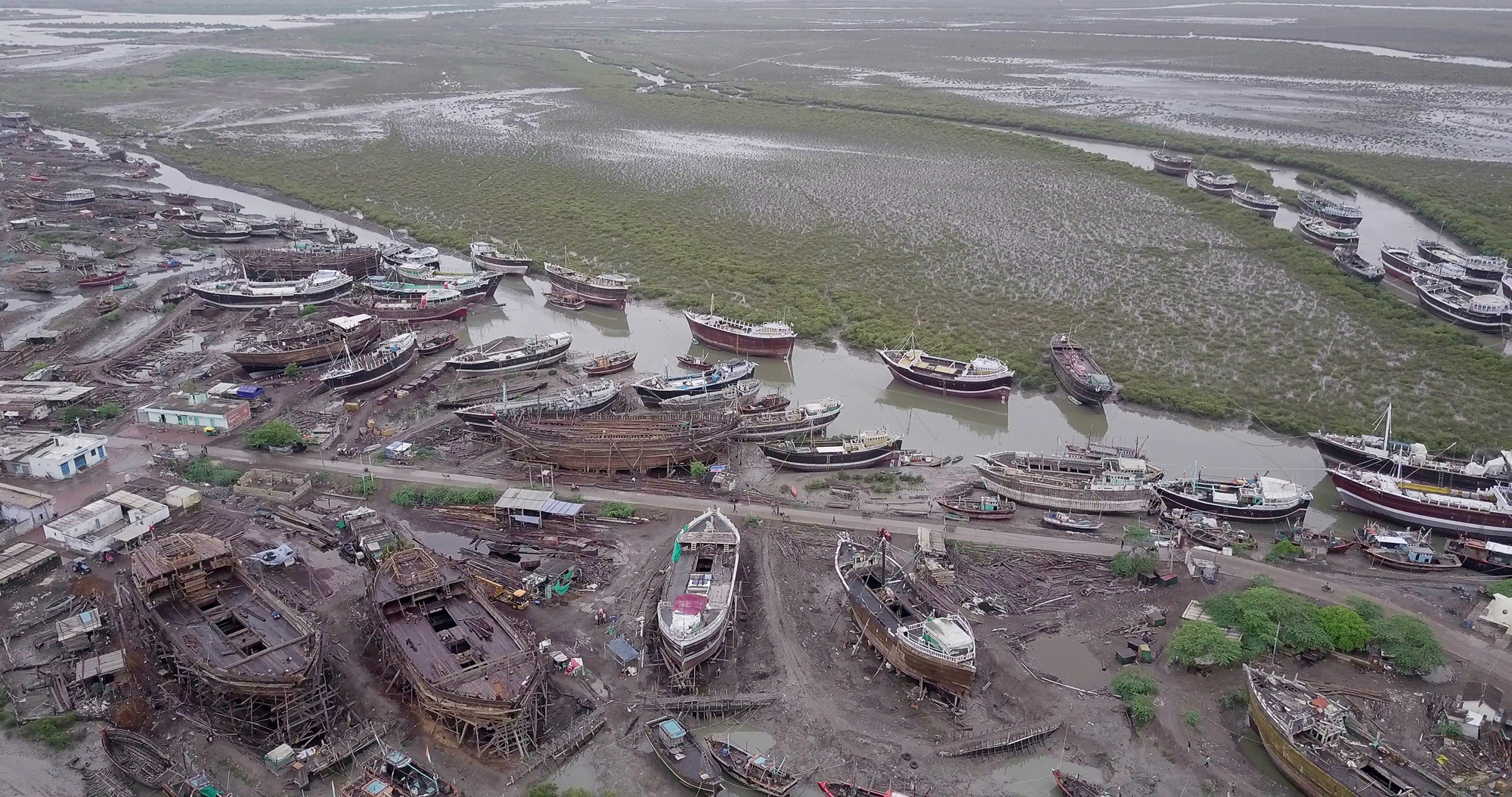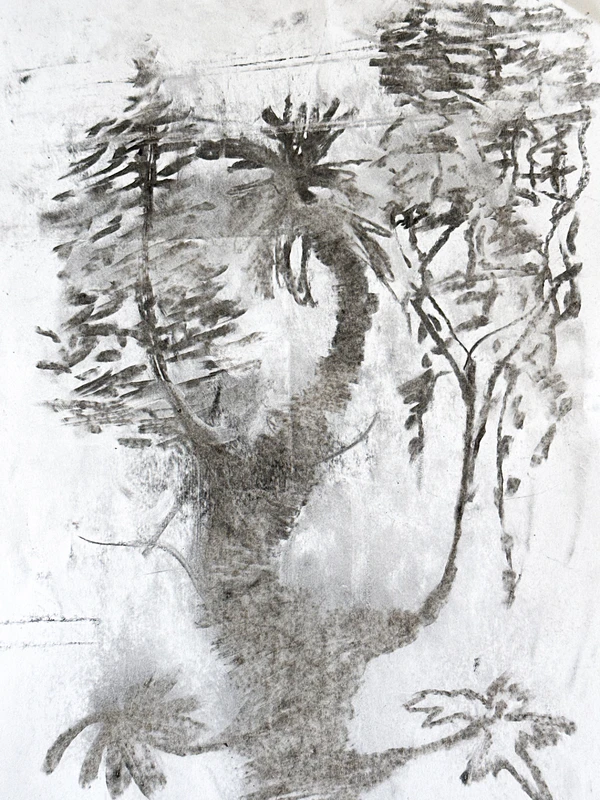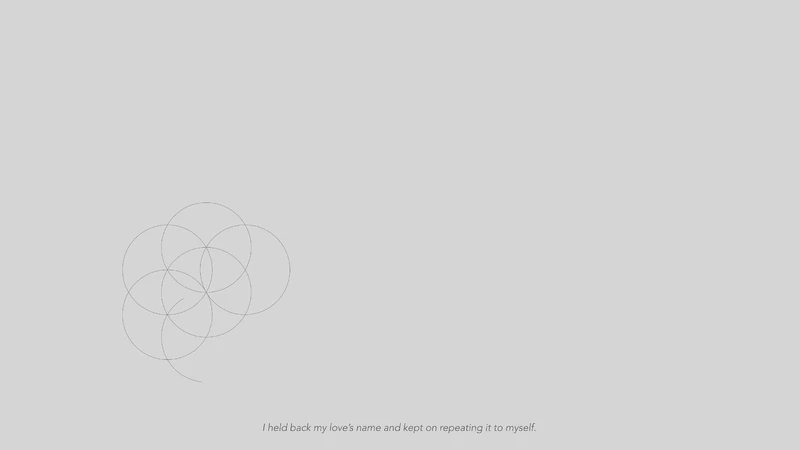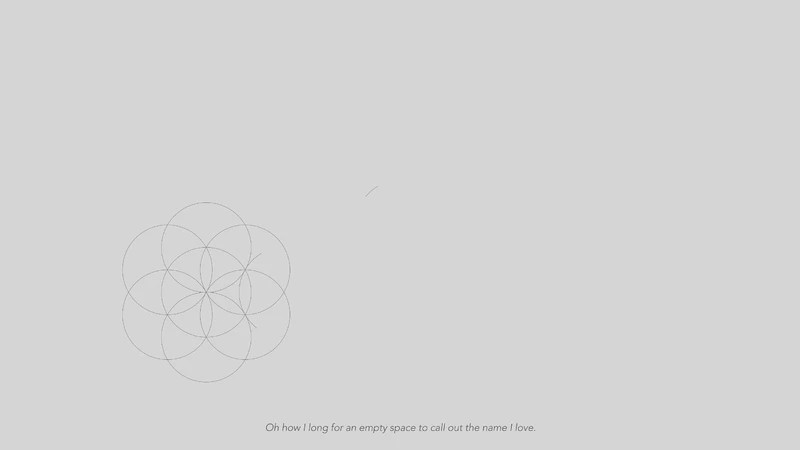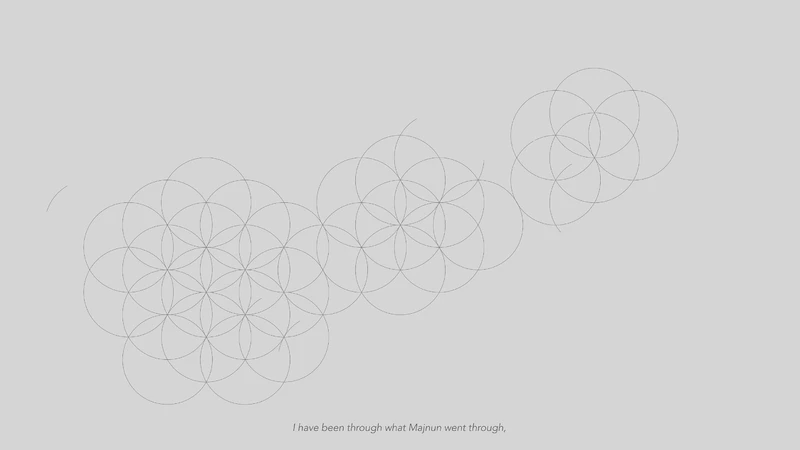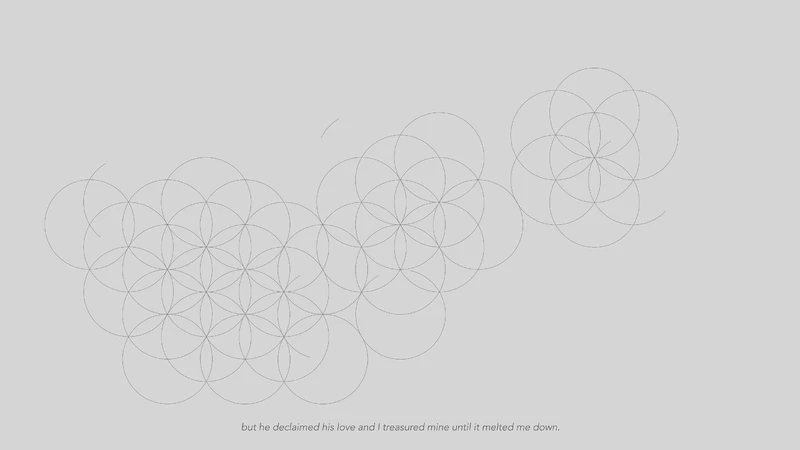Listen to my words
Dana Awartani

In the empty expanse of the screen, a delicate pattern of straight lines and curved shapes is slowly traced by an invisible hand. In Islamic visual culture, where figurative representation is notoriously forbidden, abstract geometric compositions chart spiritual journeys and convey ideals of cosmic interconnectedness. The pattern created by Dana Awartani for Listen to my words is inspired by the ornamental motifs of jali and mashrabiya, latticed screens used in traditional Islamic architecture to regulate light, airflow, and heat in the arid climate of many Middle Eastern countries. Besides this climatic function, jali also play a socially and visually divisive role, marking the confinement of women within the domestic sphere and the impossibility of seeing them clearly.
فوا شوقي الى نادِ خَليِّ -- لَعَلِّي باسم من أهوى أنادي
لكنّه باح بسرِّ الهوى -- و أنّني قد ذُبْت كِتْمَانا
The entrancing emergence of the geometric design becomes progressively tangled with the voices of modern-day Saudi women that the artist invited to recite a selection of verses. The selected poems were written by Arab poetesses from the pre-Islamic era up to the 12th century, and reflect the significant but scarcely documented tradition of women poetry in the Arab culture. They relay first-person expressions of longing, yearning, and pride penned by women who, in different eras and in different corners of the vast Arab region, found similar strength and empowerment in their bodies and audaciously reversed the male-dominated discourse of desire.
و تركت غُصناً مثمراً بجمَاله -- وجنحتَ للغصنِ الذي لم يُثمرِ
ولقد علمتَ بأنني بدرُ السما -- لكن ولعتَ لشقوتي بالمشتري
قال لي هل رأيت لي من شبيه -- قلت أيضاً وهل ترى لي شبيها
قد تَيَّمَتْ قلبي فَلَم أستَطِع -- إلا البُكا (يا عالِمَ الغَيْبِ)
خبَّأتُ في شِعْري اسمَ الذي -- أردتُه كالخَبْءِ في الجَيْبِ
By interlacing geometric symbolism and poetic utterances, Awartani’s digital animation unleashes these powerful voices once again and orchestrates an intergenerational dialogue that subtly questions the status of women in contemporary society.

لنا صاحِبٌ لا ينبغي أن نخونَه -- وأنت لأخْرَى فارغ وحَليلُ
ولست صاحب دنيا -- ولست صاحب دين
تروم ملكي بعقل -- واهٍ وحمق حرون
Listen to my words developed from a multimedia installation of the same title realized in 2018. The artwork is commissioned by Thyssen-Bornemisza Art Contemporary (TBA21) and produced by NTU Centre for Contemporary Art Singapore for st_age.
Watch the full video here.
